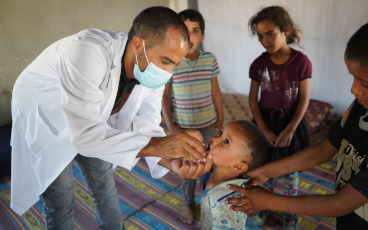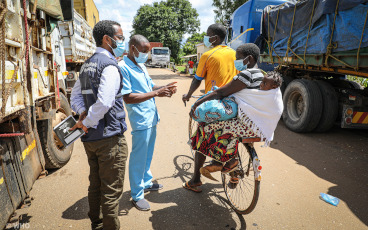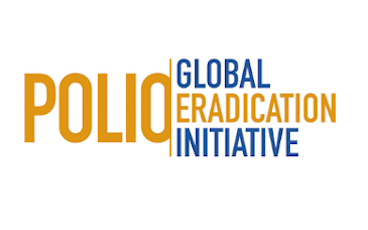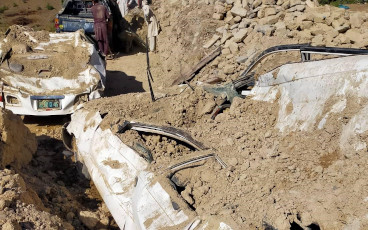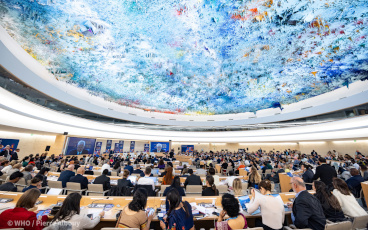Looking at long-term OPV use and at fractional IPV dosage
Looking at long-term OPV use and at fractional IPV dosage
The New England Journal of Medicine has published today two studies on polio eradication, offering useful new insights both for the pre- and post-eradication era.
In the first study, Helen Jenkins from Imperial College London et al, examined the implications of the circulating vaccine-derived poliovirus (cVDPV) in Nigeria. The study reaffirms that cVDPVs can regain transmissibility and pathogenicity that is similar to that of wild polioviruses. For the pre-eradication era, this supports the 2007 recommendation of the Advisory Committee on Poliomyelitis Eradication that cVDPVs be responded to in the same manner as wild poliovirus outbreaks. For the post-eradication era, this study reinforces the importance of solid planning for the management of long-term poliovirus risks – especially cVDPVs – in particular the eventual cessation of oral polio vaccine use in routine immunization programmes.
The second study, by Dr Ali Jafer Mohammed from the Ministry of Health in Oman, et al, presents the results of a clinical trial on fractional doses of inactivated polio vaccine (IPV) in Oman. The trial compared seroconversion rates with fractional IPV doses (1/5th of a full dose) to whole dose IPV in infants to evaluate this potential strategy for making the vaccine more affordable for use in low- and low-middle income countries if needed. The data found that in that setting, fractional doses of IPV administered intradermally at 2, 4 and 6 months, as compared with full doses of IPV given intramuscularly in the same schedule, achieve similar seroconversion rates, though with lower antibody titers. Together with our partners, the Global Polio Eradication Initiative is pursuing its work on evaluating a variety of approaches to achieve affordable IPV options for the post-OPV era.
The need to effectively manage cVDPVs both in the pre- and post-eradication eras, and the importance of pursuing strategies to reduce the cost of IPV for the post-eradication era, were underscored in the accompanying editorial ‘The bumpy road to polio eradication’, by Dr John F Modlin.


